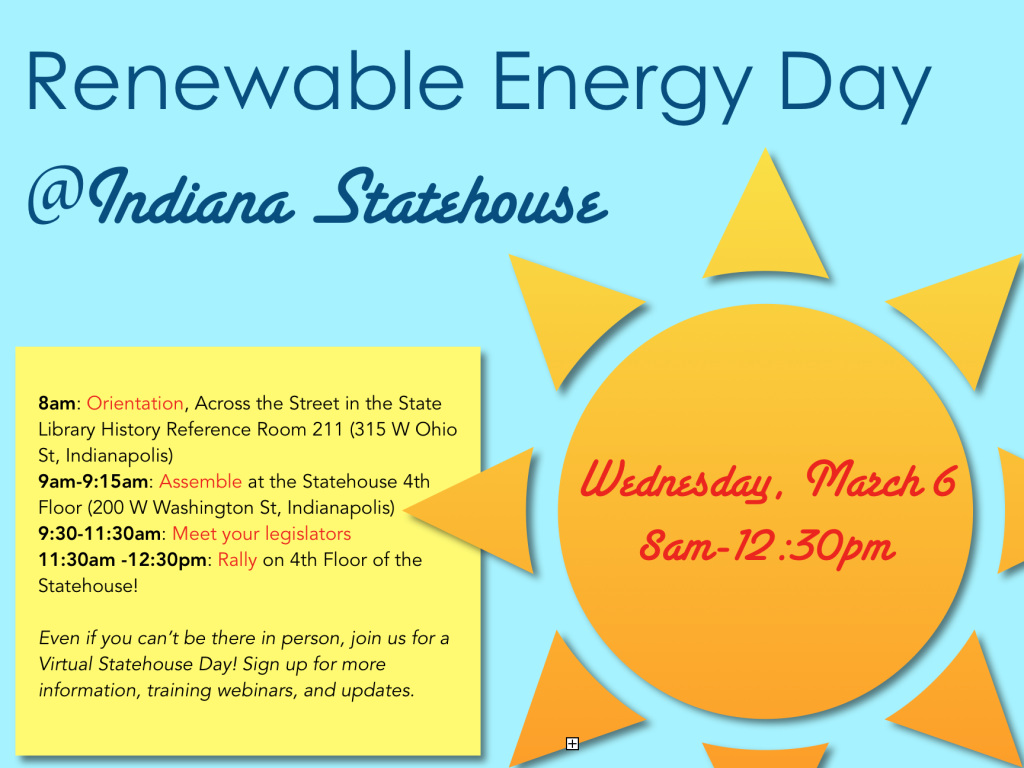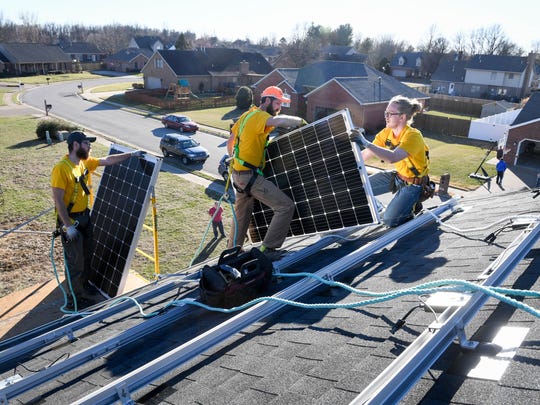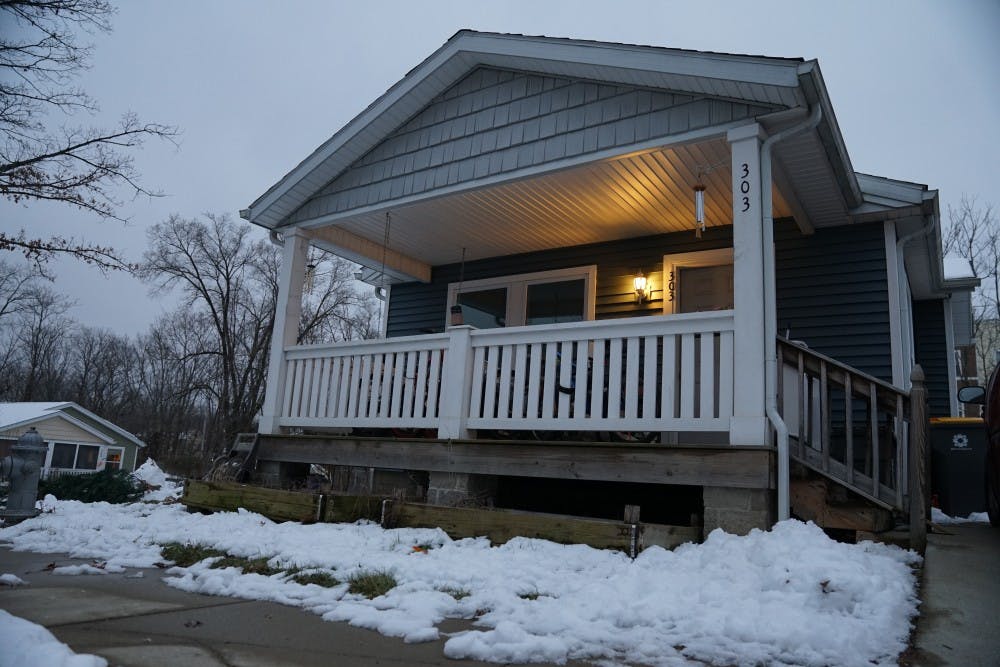Conservative Ohio voters want most of Ohio’s electricity to come from renewable sources

CLEVELAND, Ohio -- Ohio’s political conservatives strongly favor renewable energy over coal and especially over nuclear power, a new poll commissioned by the Ohio Conservative Energy Forum has found.
“Conservatives in Ohio are strong supporters of renewable energy, with a clear majority, 70 percent, wanting 50 percent or more of their energy to come from renewable sources,” concluded Jim Hobart, a partner at Public Opinion Strategies, a national polling firm which does research for Republican candidates.
The poll was the third such survey Public Opinion Strategies had done for the the Ohio Conservative Forum. It found growing support for clean energy. And a willingness to pay extra for it.
Conservative Ohio voters “also view renewable energy as a job creator in the state, with low-income conservatives and conservative men being especially likely to say that the increased use of renewables would create jobs in Ohio,” Hobart’s summary of findings points out.
The random telephone survey of 400 conservative Republican and independent voters in January, with a margin of error of 4.9 percent, also sought to determine how conservatives “feel” about various generating technologies and about energy efficiency.
The findings indicate that conservatives are very positive about energy efficiency, natural gas and solar power but less positive about wind energy and coal and the least positive about nuclear energy.
The poll also concluded that conservative Ohioans think property owners should have the right to generate electricity on their property and get paid for it, whether it be wind or solar. More to the point, it found that conservatives would support more reasonable wind turbine property setback rules than the rules adopted without debate by lawmakers in 2014.
“It was not surprising that conservatives view protecting property owners’ rights as very important,” said Tyler Duvelius, executive director of the Ohio Conservative Energy Forum, in prepared remarks. “Fifty-two percent said protecting property owners’ ability to produce energy on their land was important to them.”
The bottom line, and maybe the most important for Ohio lawmakers who are expected, again, soon to consider bailouts for old coal and nuclear power plants, is that conservative voters are not very supportive of bailouts for old power plants -- nor of politicians who back them.
Instead, they would be more supportive of lawmakers and a governor who supported increased energy efficiency programs and more renewable energy projects.
The survey found that 61 percent of conservative voters oppose special fees to keep old nuclear plants operating. Only 32 percent said they would support such a move.
As for coal, the polling found that 49 percent oppose coal bailouts while 41 percent would support them by paying new monthly fees.
On the flip side, the survey determined that nearly two-thirds of those polled said they would be more supportive of legislation to encourage increased energy efficiency and renewable energy.
“Conservative voters are decidedly more likely to back a state legislative candidate or a governor who backs increased energy efficiency and renewable energy in Ohio. There is no doubt that this issue is a clear political win for candidates up and down the ballot,” the poll analysis concludes.





